Types of Chromosomal Abnormalities that Cause Miscarriage – Latest 2024
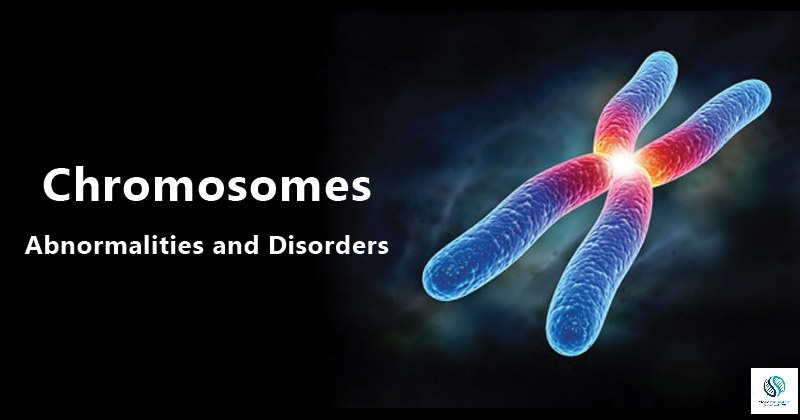
A chromosomal disorder is a missing, extra, or unequal share of chromosomal DNA. It can be an abnormality in the number of chromosomes (Increase or decrease in the number of chromosomes)or a structural aberration in one or more chromosomes. In this article, we are going to discuss different types of chromosomal abnormalities and their genetic causes.
Table of Contents
Types of chromosomal abnormalities or disorders/aberrations:
There are primarily two types of chromosomal disorders or abnormalities
- Numerical Chromosomal abnormalities or disorders
- Structural Chromosomal abnormalities or disorders
Chromosomal Numerical abnormalities:
Numerical chromosomal abnormalities (one of the Major types of chromosomal disorders or abnormality) or disorder are mainly the types of chromosome defect that occurs when there are different numbers of chromosomes present in the cells from actual numbers of chromosomes. E.g. in numerical chromosomal abnormality, there could be 47 or 45 chromosomes instead of 46.
In numerical chromosomal abnormality, we mostly use two terms i.e. polyploidy and aneuploidy
Polyploidy:
- Firstly, It is a numerical abnormality in which the number of chromosomes is an exact multiple of haploid number but larger than the diploid number.
- Secondly, Polyploidy mainly arises from the fertilization of an egg by two sperms or failure in one of the divisions of a sperm or an egg so that diploid gamete is produced.
- In polyploidy, the survival of a fetus is rare.
Aneuploidy:
- Firstly, Aneuploidy is also the type of numerical chromosome abnormality that occurs when the number of chromosomes is not an exact multiple of haploid number, and this results in the failure of paired chromosomes at first meiosis or sister chromatids at second meiosis to divide at anaphase.
- Therefore, two cells are produced, one with an extra copy and one with a missing number of chromosomes.
Example of numerical chromosomal disorder:
Down’s syndrome:
Trisomy 21 is the first human chromosomal abnormality that shows an extra copy of chromosome 21 and causes Down syndrome.
- Firstly, In Down’s syndrome genes of all the 3 copies of chromosome 21 are normal.
- Secondly, In this syndrome, not all individuals show the same physical characteristics but their phenotypes can vary.
- Thirdly, These individuals have an abnormally small chin, poor muscle tone, skin folds on the inner corner of eyes, a flat nasal bridge, an enlarged tongue and have a small neck.
- The height, weight head circumferences are smaller in children with Down’s syndrome and they have some degree of mental retardation.

Patau syndrome:
Patau syndrome shows an extra copy (3 copies) of chromosomes at chromosome 13.
- Firstly, It is estimated that only 5 percent of infants with Patau syndrome survive their first year and most of the pregnancies end in miscarriage.
- Secondly, Children who have trisomy 13 have lots of breathing problems especially when they sleep and many children have seizures.
Edward Syndrome:
Edward syndrome shows an extra copy (3 copies) of chromosomes at chromosome 18.
- Firstly, It is estimated that only 10% of infants survive their first year and most of the survivors of Edward syndrome are female.
- Secondly, Children who have trisomy 18 have breathing problems and many have seizures and serious heart conditions.
Chromosome Structural Abnormality: –
- Change in chromosome structure
- Removal, addition, or alternation in chromosome structure or in its part
- It results in loss of genetic information
Types of Chromosome Structural Abnormality: –
- Deletions
- Duplication
- Translocation
- Inversion
- Insertion
- Rings
Deletions: –
Primarily, Deletion is a structural chromosomal disorder that occurs when the chromosome is removed or missing. E.g., DiGeorge syndrome which is a structural chromosomal abnormality also states as 22q11 is actually a deletion syndrome that is mainly caused by the deletion of a small portion of chromosome 22.
- The portion of a chromosome is removed and is missing
a b c d => a c d
- Example: Wolf-Hirschhorn syndrome
Duplication: –
Duplications are also a structural chromosomal disorder that arises from the copying of a portion of a chromosome. E.g. MECP2 duplication syndrome is an unusual disease that is described by impaired motor function and severe intellectual disability. It is an X-linked genetic disorder affected by overexpression of MeCP2 protein.
- A portion of chromosome duplicates due to unequal recombination
a b c d => a b b c d
- Example: Charcot Marie Tooth disease type 1A
Translocations: –
Firstly, Translocation is a structural chromosomal abnormality where one chromosome is transferred to another chromosome. Secondly, DNA segments from two different chromosomes are exchanged in reciprocal translocation.
- The portion from one chromosome is transferred to the other chromosome
Chromosome 1: a b c d + Chromosome 2: e f g h =>
Chromosome 1: a b c f Chromosome 2: d e g h
Example: XX male syndrome
Types of translocations: –
- Reciprocal translocation:
- Segments from two different chromosomes have been exchanged
- Robertsonian translocation:
- The entire chromosome attaches to the other chromosome at the centromere
Insertion: –
- Firstly, A portion of the chromosome is deleted from its origin and place or insert into the other chromosome
Chromosome 1: a b c d + Chromosome 2: e f g h =>
Chromosome 1: a b c Chromosome 2: d e f g h
See also Immunological techniques
Understanding Common Chromosomal Abnormalities Linked to Miscarriage
Experiencing a miscarriage can be a heartbreaking and bewildering experience for expecting parents. While there are various factors that can contribute to pregnancy loss, chromosomal abnormalities are among the most common causes. Let’s explore some of the key types of chromosomal abnormalities that can lead to miscarriage in a simple and accessible manner:
- Trisomy: Trisomy occurs when there is an extra copy of a chromosome, instead of the usual pair. The most well-known example is Trisomy 21, also known as Down syndrome, where there is an extra copy of chromosome 21. Other trisomies, such as Trisomy 18 (Edwards syndrome) and Trisomy 13 (Patau syndrome), can also result in miscarriage or severe developmental issues.
- Monosomy: In contrast to trisomy, monosomy occurs when there is a missing chromosome instead of an extra one. For instance, Turner syndrome is caused by a missing or partially missing X chromosome in females, leading to developmental abnormalities and often resulting in miscarriage.
- Translocations: Translocations involve the rearrangement of genetic material between chromosomes. Reciprocal translocations occur when two chromosomes exchange segments, while Robertsonian translocations involve fusion of two chromosomes. Depending on the specific breakpoints and involvement of critical genes, translocations can increase the risk of miscarriage or cause developmental problems in offspring.
- Inversions and Deletions: Inversions occur when a segment of a chromosome is reversed in orientation, while deletions involve the loss of a segment of DNA. These structural abnormalities can disrupt normal gene function and lead to miscarriage if essential genes are affected.
- Mosaicism: Mosaicism refers to the presence of cells with different chromosomal compositions within the same individual. In cases of mosaic chromosomal abnormalities, some cells may have a normal chromosomal complement, while others may exhibit abnormalities. Depending on the extent and distribution of mosaicism, it can impact fetal development and increase the risk of miscarriage.
Understanding these common chromosomal abnormalities can provide insight into the potential causes of miscarriage and help individuals and healthcare providers navigate the emotional and medical complexities associated with pregnancy loss. While chromosomal abnormalities are a significant factor in miscarriage, it’s important to remember that each pregnancy loss is unique, and comprehensive medical evaluation and support are essential for those affected.
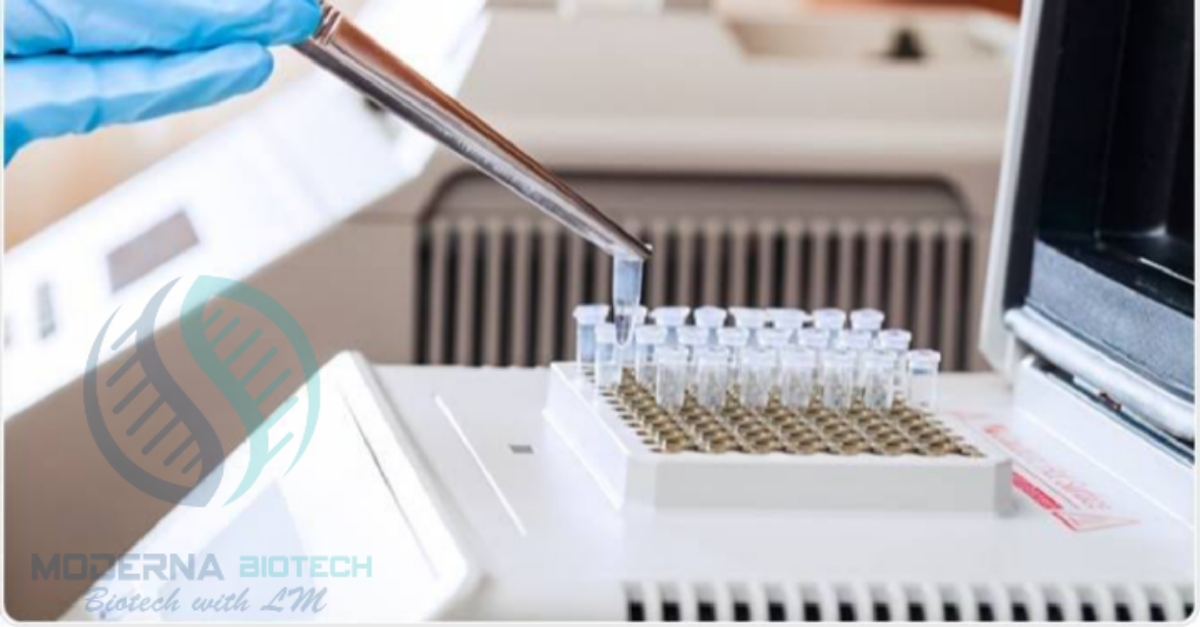
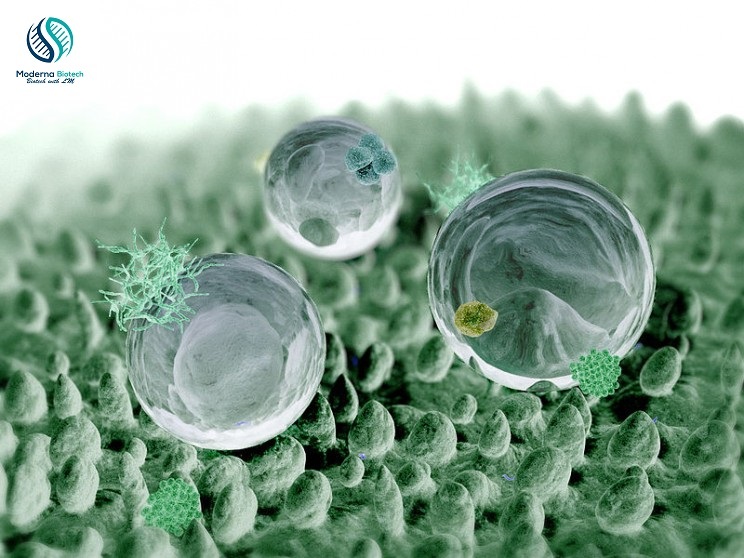
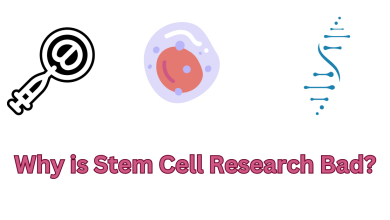
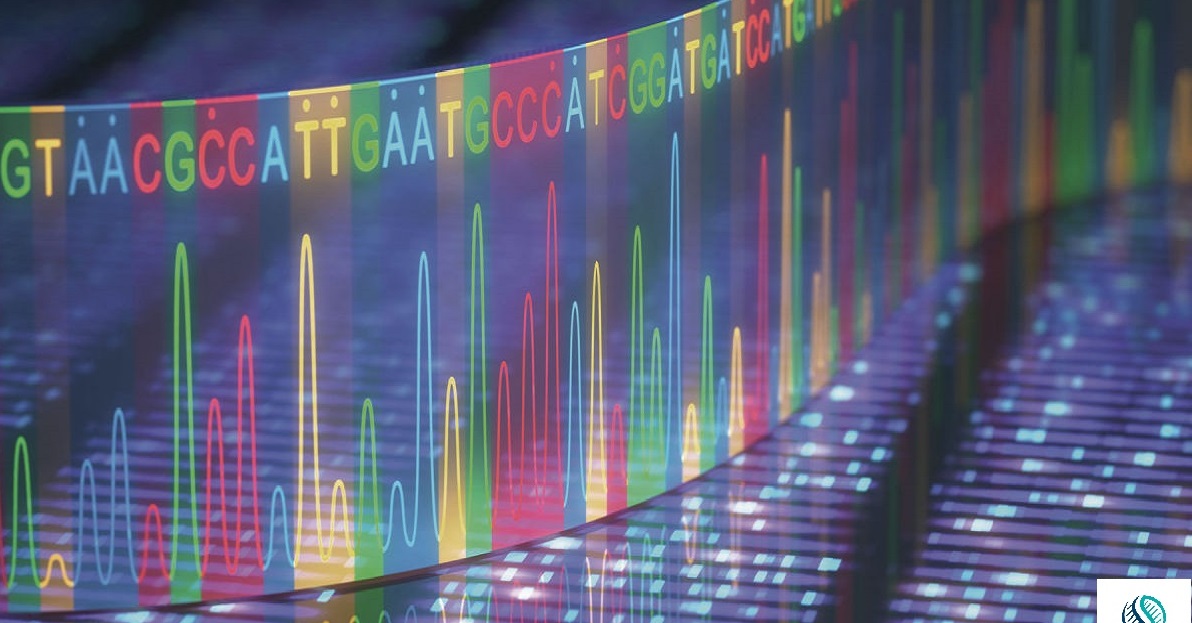
Thanks a lot for sharing this with all of us you really know what you’re talking about! Bookmarked. Please also visit my website =). We could have a link exchange contract between us!
It is really a nice and helpful piece of information. I抦 glad that you shared this helpful info with us. Please keep us up to date like this. Thank you for sharing.
I loved as much as you’ll receive carried out right here. The sketch is attractive, your authored subject matter stylish. nonetheless, you command get got an nervousness over that you wish be delivering the following. unwell unquestionably come further formerly again as exactly the same nearly a lot often inside case you shield this hike.
I have realized that of all kinds of insurance, medical insurance is the most debatable because of the struggle between the insurance policies company’s need to remain profitable and the consumer’s need to have insurance coverage. Insurance companies’ earnings on health plans are extremely low, therefore some providers struggle to generate income. Thanks for the tips you discuss through this site.
Hello there, You have done an excellent job. I’ll certainly
digg it and personally suggest to my friends. I am sure they will be benefited
from this web site.